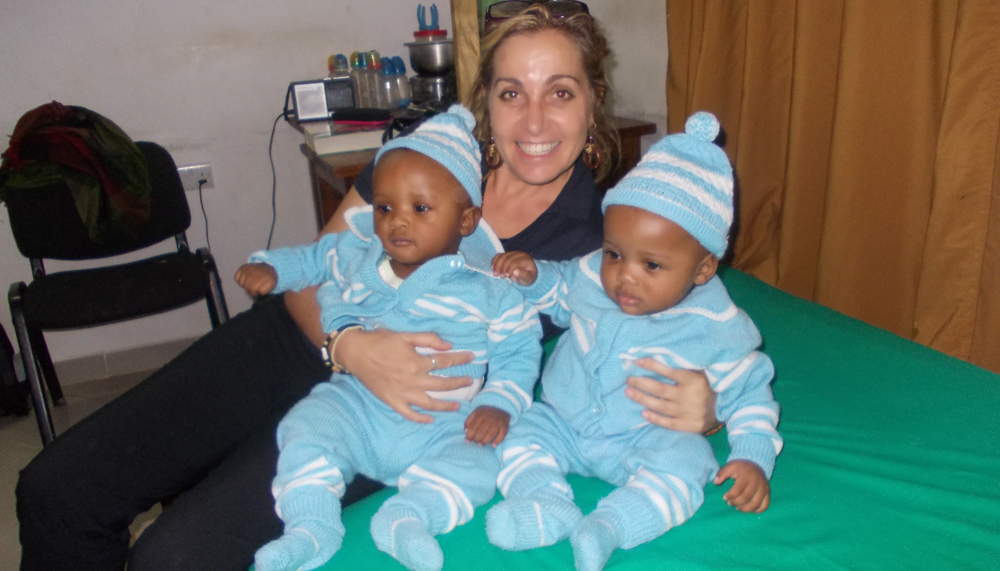An Australian lecturer has helped design an east African nation’s first bachelor of midwifery curriculum.
Anna Bosco, from Curtin University, was the only international representative during the two-week midwifery curriculum meeting held in Tanzania’s capital, Dodoma.
Bosco was invited by the head of the Advanced Practice Midwifery School at the Muhimbili National Hospital to advise Tanzanian health professionals and the Ministry of Health on the development of the country’s first direct-entry midwifery program.
For the first time, midwifery education in the country will now be delivered separately from its nursing qualifications.
The African republic joins a global movement in midwifery education which aims to offer independent midwifery training at the undergraduate level.
The new national curriculum, which is to be rolled out across Tanzania’s midwifery schools, is grounded in the UN Millennium Developmental Goals aimed at reducing child mortality and improving maternal health.
Academic and clinical experts involved in the meeting were from The University of Dodoma, Kilimanjaro Christian Medical College, Muhimbili National Hospital, St John’s University, Seketoue Hospital and School of Nursing Bugando.
Bosco said the curriculum offers an important opportunity to raise the quality of training through consistent national standards.
Tanzania has a critical shortage of midwives, with national statistics showing only 40 per cent of births are attended by a skilled health professional. Obstetric and newborn complications are common, especially in rural areas. For example, breech delivery is considered a norm in the African context.
“The birth rate on a daily basis is quite phenomenal and a large proportion of women, some estimates suggest up to 60 per cent, birth outside of a hospital,” Bosco told said.
She said understanding the local context is paramount. “You can’t just transpose the Western world in Africa. Research-based approaches need to be relevant to the local setting and have to consider local factors such as resourcing and access to technology. The evidence really has to come from within,” she said.
Bosco said the curriculum, which is to be supported with new teaching and learning resources, is about upskilling Tanzania’s next generation of midwives and midwifery educators with the latest evidence to reduce the health risks to mothers and newborns.
“The curriculum is not only about transferring knowledge but also engaging the student and developing critical thinking skills. The students need to be able to respond quickly when things go wrong,” she said.
Bosco is part of the Global Health Alliance Western Australia (GHAWA), a partnership between five universities in Western Australia and the state’s Department of Health to improve maternal and child health in developing countries.
During her four months abroad, she also worked with nursing students and academics at the Faculty of Nursing at Hubert Kairuki Memorial University, in particular with the development of the university’s newly appointed clinical supervisor role.
The four-year midwifery curriculum and related teaching and learning resources will be rolled out to students and educators from this month (September). Bosco said she intends to return to Tanzania to observe the curriculum’s implementation in the classroom.
In recent months, local advocacy groups in Tanzania have warned of a drop in the number of trained midwives and have called on the government to rapidly expand its midwifery workforce.
The White Ribbon Alliance Tanzania is currently running a campaign to attract secondary students to pursue a career in midwifery.
Tanzania in focus
• Maternal mortality remains very high, with only a moderate reduction since 2005. There is a high prevalence of HIV.
• National births per year: 1,750,000
• Maternal deaths per year: 14,000
• Neonatal mortality rate: 34 per 1000 live births
• Expected obstetric and newborn complications per day: 758
• The Tanzania Nursing and Midwifery Act 2010 created formal licensing of practitioners and accreditation of training institutions.
Source: State of the world’s midwifery, 2011
Direct-entry midwifery across the globe
• In the UK more than 80 per cent of the midwifery workforce are direct-entry midwives
• In New Zealand 100 per cent of midwives have a midwifery qualification only
• In Canada 100 per cent of midwives have midwifery qualification only
• In Australia in 2011 there were 1783 direct-entry midwives. This represents 4 per cent of the total midwifery workforce. The vast majority of midwives (38,215) were also registered as nurses.
Linda Belardi
Email [email protected]
 Aged Care Insite Australia's number one aged care news source
Aged Care Insite Australia's number one aged care news source

